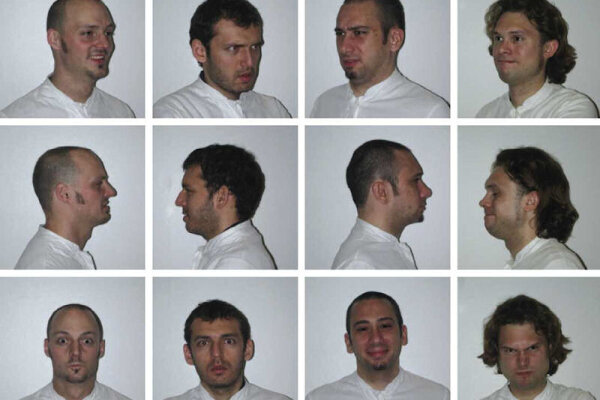2010-01-22

It seems to be so easy to recognize a person on a photograph. In fact, it’s quite difficult: First of all, we have to transform a 3D-human to a 2D-image. We also have to accept that the absolute size of the two objects is vastly different, that the human moves around while the picture is static, etc. Despite these and many more problems, we easily generalize from humans to pictures and vice versa. But are other animals also able to do it? This is an important question since hundreds of publications with pigeons rely on the implicit assumption that photographs do represent real objects for these birds. Biopsychologists from Bochum, from the Max-Planck-Institute for Biological Cybernetics in Tübingen and from Mugla University (Turkey) tested the ability of pigeons to perform the transfer from 3D-individual humans to 2D-pictures of these individuals. Sixteen birds were first trained to identify individual, real-life humans. It turned out that this discrimination depended primarily on visual cues from the heads of the persons. Subsequently, the pigeons were shown photographs of these individuals to test for transfer to a two dimensional representation. Successful identification of a three-dimensional person did not facilitate learning of the corresponding photographs. These results show that the cross-recognition of individual real-life humans and their photographs in pigeons is far more limited than previously assumed.

It seems to be so easy to recognize a person on a photograph. In fact, it’s quite difficult: First of all, we have to transform a 3D-human to a 2D-image. We also have to accept that the absolute size of the two objects is vastly different, that the human moves around while the picture is static, etc. Despite these and many more problems, we easily generalize from humans to pictures and vice versa. But are other animals also able to do it? This is an important question since hundreds of publications with pigeons rely on the implicit assumption that photographs do represent real objects for these birds. Biopsychologists from Bochum, from the Max-Planck-Institute for Biological Cybernetics in Tübingen and from Mugla University (Turkey) tested the ability of pigeons to perform the transfer from 3D-individual humans to 2D-pictures of these individuals. Sixteen birds were first trained to identify individual, real-life humans. It turned out that this discrimination depended primarily on visual cues from the heads of the persons. Subsequently, the pigeons were shown photographs of these individuals to test for transfer to a two dimensional representation. Successful identification of a three-dimensional person did not facilitate learning of the corresponding photographs. These results show that the cross-recognition of individual real-life humans and their photographs in pigeons is far more limited than previously assumed.